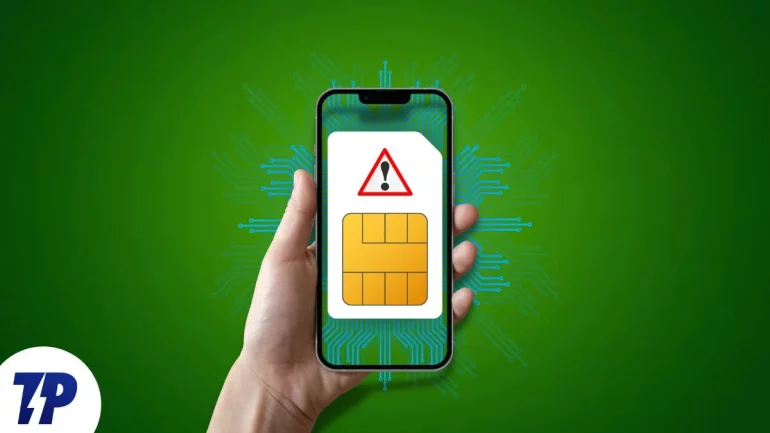If you’ve ever encountered the dreaded “No SIM card” error on your Android device, you’re not alone. This common issue can be frustrating, but the good news is that it’s often relatively easy to fix. In this guide, we’ll walk you through the steps to troubleshoot and resolve the “No SIM card” error on your Android smartphone.
Check the SIM Card:
The first step in resolving the “No SIM Card” error is to inspect your SIM card. Follow these steps:
- Carefully remove the SIM card from the tray.
- Examine the SIM card to ensure it’s clean and undamaged.
- Place the SIM card back into the tray, ensuring it sits flush.
- Reinsert the SIM tray into your phone.
By performing these simple checks, you can rule out any issues with the physical state of your SIM card. If the error persists, proceed to the next step.
Check the Phone Hardware:
Your Android device’s SIM tray can sometimes be the culprit behind the error. Here’s what you should do:
- Ensure the SIM tray is not bent or damaged.
- Confirm that the tray releases easily and fits securely into the phone.
If you find any issues with the SIM tray, consider replacing it. To determine if it’s a hardware problem, try using the same SIM card on another phone. If it works there, the issue likely lies with your phone’s hardware. In such cases, contact an authorized service center for repair or replacement.
Software Problems:
Sometimes, the “No SIM card” error can be caused by software glitches. Try the following troubleshooting steps:
Restart your phone: A simple reboot may resolve the issue. Press and hold the power button, then select “Shut down” or “Restart.” Check if the error disappears after the restart.
Toggle Airplane mode: Turn Airplane Mode on and off to reset network connections. Access the notification dropdown and tap Airplane mode, or go to Settings > Wi-Fi and Network to enable and disable Airplane mode.
Check network settings: Incorrect network settings could be the culprit. Navigate to Settings > Wi-Fi and network > SIM and network > Access point names. Verify the correct information, which you can find on your network carrier’s website.
Manually connect to your network: Go to Settings > Wi-Fi and network > SIM and network > Network operators. Disable automatic connection and manually select your network provider to reconnect.
Reset network settings: If all else fails, resetting your phone’s network settings might help. Visit Settings > System > Reset options > Wi-Fi, mobile, and Bluetooth settings, and tap Reset. Keep in mind that this will also erase your Wi-Fi and Bluetooth settings.
Third-party apps causing issues: While it’s uncommon, a third-party app could be responsible for the error. Boot your phone into Safe Mode and check if the problem persists. If it doesn’t occur in Safe Mode, uninstall any recently installed or updated apps to pinpoint the cause.
Contact Customer Service:
If you’re facing the “No SIM card” error on a new phone, reach out to your network provider to investigate network or settings issues. If the error suddenly appears on your older phone, it’s likely time for a new SIM card. Additionally, contacting your phone manufacturer’s customer service can help determine if this is a known software problem and if they can provide assistance.
If you’ve exhausted all the solutions and still can’t resolve the issue, it may be time to consider purchasing a new Android phone, particularly if your current device is more than four years old. Don’t forget to back up your Android device to ensure you don’t lose any important data during the transfer process.
Conclusion:
The “No SIM card” error on Android can be frustrating, but with the right troubleshooting steps, you can often resolve it on your own. By checking your card, inspecting your phone’s hardware, and addressing software issues, you can quickly regain network connectivity and use your Android device without interruptions.



